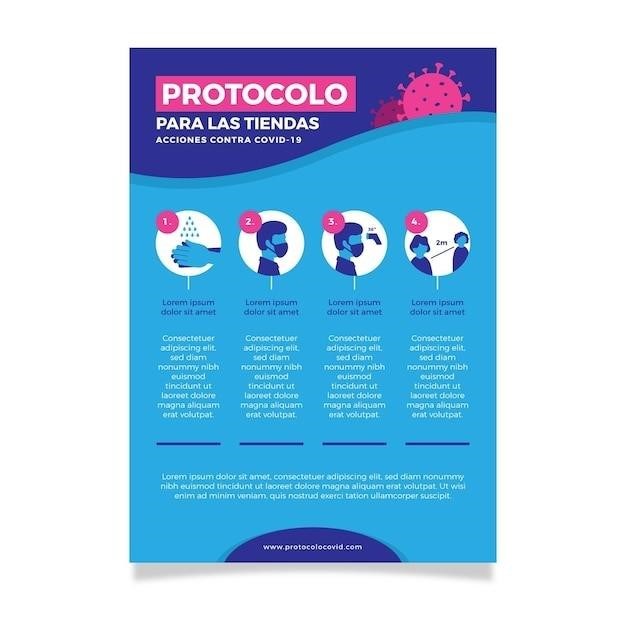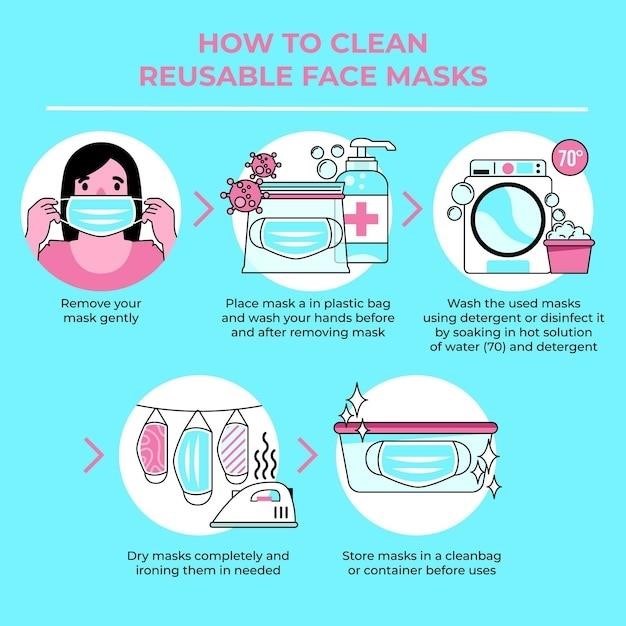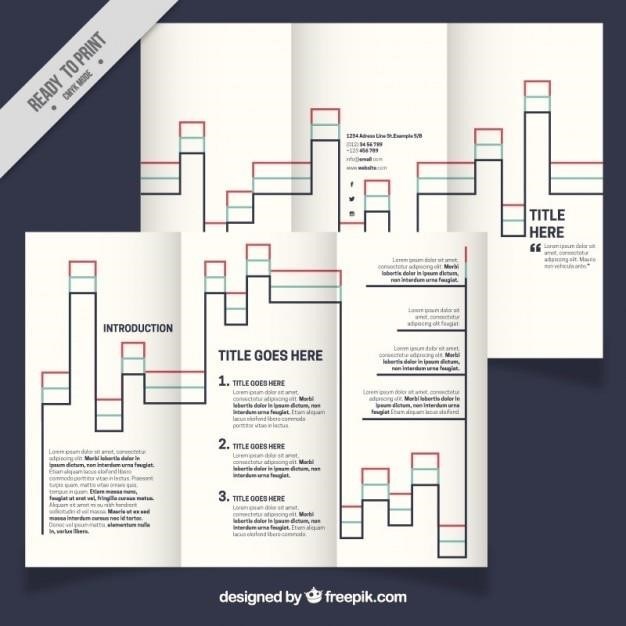washing instructions patagonia nano puff
Washing Instructions for Patagonia Nano Puff Jackets
The Patagonia Nano Puff jacket is a popular choice for outdoor enthusiasts, but it’s important to know how to wash it properly to keep it in good condition. The care label inside the jacket will provide specific instructions, but generally, you can machine wash it on a gentle cycle with cold water. Use a mild detergent, and avoid bleach or fabric softeners. To ensure all detergent is removed, you can add a second rinse cycle. Remember to tumble dry on low heat and avoid ironing.
Introduction
The Patagonia Nano Puff jacket is a beloved piece of outdoor gear known for its warmth, lightweight design, and packability. It’s a versatile jacket perfect for a variety of activities, from hiking and camping to everyday wear. However, to maintain its performance and longevity, proper care is essential. This guide will provide detailed instructions on how to wash your Patagonia Nano Puff jacket, ensuring it remains in top condition for years to come. From understanding the care label to drying techniques, we’ll cover everything you need to know to keep your Nano Puff clean and functional.
Understanding the Care Label
The most important step in washing your Patagonia Nano Puff is understanding the care label. Located inside the jacket, usually near the left hip, this label provides specific instructions for washing, drying, and other care considerations. The care label will often feature symbols, such as a washing tub with a specific temperature, an iron with a dot, or a dryer with a low heat setting. Understanding these symbols is crucial to ensure you follow the manufacturer’s recommended care practices. If you’re unsure about any of the symbols, refer to Patagonia’s website or contact their customer service for clarification. Following these instructions will help extend the life of your jacket and ensure it maintains its quality and performance.
Machine Washing
While hand washing is recommended, you can machine wash your Patagonia Nano Puff jacket, but it’s crucial to do it correctly to avoid damaging the delicate insulation. Start by setting your washing machine to a gentle cycle and using cold water. Choose a mild detergent specifically designed for technical gear or a gentle, hypoallergenic liquid detergent. Avoid using bleach or fabric softeners, as these can damage the fabric and insulation. If your machine has a second rinse cycle, select it to ensure all detergent is removed. To prevent excessive wear and tear, consider washing your Nano Puff jacket with similar items, such as other fleece or synthetic jackets.
Hand Washing
Hand washing your Patagonia Nano Puff jacket is the gentlest method, minimizing the risk of damage. Fill a basin or sink with cold or lukewarm water. Add a small amount of mild, hypoallergenic liquid detergent designed for technical gear. Submerge your jacket in the soapy water and gently agitate it to remove dirt and grime. Avoid excessive rubbing or wringing, as this can damage the insulation. Let it soak for about 10-15 minutes to allow the detergent to loosen dirt. Rinse your Nano Puff thoroughly with clean water until all soap residue is gone. Avoid wringing or twisting the jacket, as this can damage the delicate insulation. Gently squeeze out excess water, but do not twist or wring. Hang your jacket to dry, preferably in a well-ventilated area away from direct sunlight or heat.
Drying Your Nano Puff
After washing, it’s crucial to dry your Nano Puff jacket properly to restore its loft and water-repellent properties. Avoid hanging it to dry, as this can cause the insulation to clump and become uneven. Instead, tumble dry on low heat for at least a half hour or until fully dry and warm. To help distribute the heat and prevent clumping, toss a couple of clean tennis balls or dryer balls into the dryer with your jacket. These act as agitators, ensuring even drying and helping to fluff up the insulation. If your dryer lacks a low heat setting, you can use a medium heat setting but check the jacket frequently to prevent overheating. Never use high heat, as it can damage the insulation and fabric. Once dry, you can re-waterproof your Nano Puff jacket using a DWR (Durable Water Repellent) spray to restore its water-resistance.
Additional Tips for Washing
While the general washing instructions are straightforward, there are a few extra tips to ensure your Nano Puff stays in top shape. First, before washing, check for any loose dirt or debris and remove them by hand. This will prevent them from getting embedded in the fabric during the wash. Secondly, zip up all zippers and close all closures to protect the delicate fabric and prevent snags. Thirdly, consider using a specialized detergent designed for technical gear, such as Nikwax Tech Wash. These detergents are formulated to clean synthetic insulation and restore DWR properties without damaging the fabric. Lastly, avoid using fabric softeners, as they can clog the insulation and reduce its ability to trap warmth. By following these additional tips, you can ensure a gentle and effective clean for your beloved Nano Puff.
Common Questions
Many people have questions about washing their Patagonia Nano Puff jackets. One common question is whether the jacket can be machine washed. The answer is yes, the Nano Puff is machine washable, but it’s important to follow the care instructions carefully. Another frequent question is about the type of detergent to use. While regular detergent is fine, a specialized technical wash designed for synthetic insulation is recommended for optimal results. Some people worry about shrinking the jacket. The Nano Puff is made of 100% recycled polyester, so it won’t shrink, but it’s crucial to tumble dry on low heat to prevent damage to the fabric. Finally, some are curious about the best way to restore the water-repellent properties of the jacket. A DWR (Durable Water Repellent) treatment can be applied to the jacket to help it resist moisture. These are just some of the common questions people have about washing their Nano Puff jackets.
Patagonia’s Recommendations
Patagonia provides specific care instructions for their Nano Puff jackets, which can be found on a white tag inside the garment. They generally recommend washing the jacket in cold or warm water with a mild laundry detergent, preferably a nontoxic, biodegradable type. While machine washing is acceptable, they suggest using a front-loading washing machine over a top loader. Patagonia also advises against using bleach, fabric softeners, or any harsh chemicals. When it comes to drying, they recommend line drying or tumble drying on a low setting. Patagonia emphasizes the importance of following these care instructions to ensure the jacket’s longevity and performance. They believe in building products that last, and proper care plays a vital role in achieving that goal. Their commitment to sustainability is evident in their recommendations for eco-friendly washing practices.
Alternative Cleaning Methods
While machine washing is the most common method for cleaning a Patagonia Nano Puff jacket, there are alternative methods for those who prefer a gentler approach or have concerns about potential damage to the insulation. One option is hand washing. This involves filling a basin or sink with cold or lukewarm water and adding a small amount of mild, hypoallergenic liquid laundry detergent. Submerge the jacket in the soapy water and gently agitate it to remove dirt and grime. Rinse the jacket thoroughly with clean water until all soap residue is gone. Avoid wringing or twisting the jacket, as this can damage the delicate insulation. Another option is to use a specialized detergent designed for technical gear, which can help maintain the jacket’s water-repellent properties. These detergents are typically formulated to be gentle on synthetic fabrics and down insulation. Following the instructions on the detergent bottle will ensure proper cleaning without damaging the jacket.

Storing Your Nano Puff
Proper storage is crucial for maintaining the condition and longevity of your Patagonia Nano Puff jacket. After washing and drying, allow the jacket to completely air dry before storing it; Avoid folding the jacket tightly, as this can compress the insulation and affect its loft. Instead, hang it on a padded hanger in a well-ventilated area, away from direct sunlight and heat. If you need to store the jacket for an extended period, consider using a garment bag to protect it from dust and moisture. This will help prevent the insulation from becoming clumped or damaged. Before storing, make sure the jacket is clean and dry to prevent mildew or odor buildup. Avoid storing the jacket in damp or humid environments, as this can encourage the growth of mold and bacteria. By following these simple storage guidelines, you can help your Nano Puff jacket stay in top condition for years to come.
Taking care of your Patagonia Nano Puff jacket is essential for maximizing its performance and longevity. By following the recommended washing and drying instructions, you can ensure that your jacket stays clean, comfortable, and retains its insulating properties. Remember to use a gentle detergent, avoid bleach and fabric softeners, and tumble dry on low heat; Proper storage is equally important, so always allow the jacket to air dry completely before storing it in a well-ventilated area. By adopting these simple practices, you can enjoy the warmth and durability of your Nano Puff for many seasons to come. So, put your knowledge into practice and keep your beloved Patagonia Nano Puff jacket in tip-top shape.
























